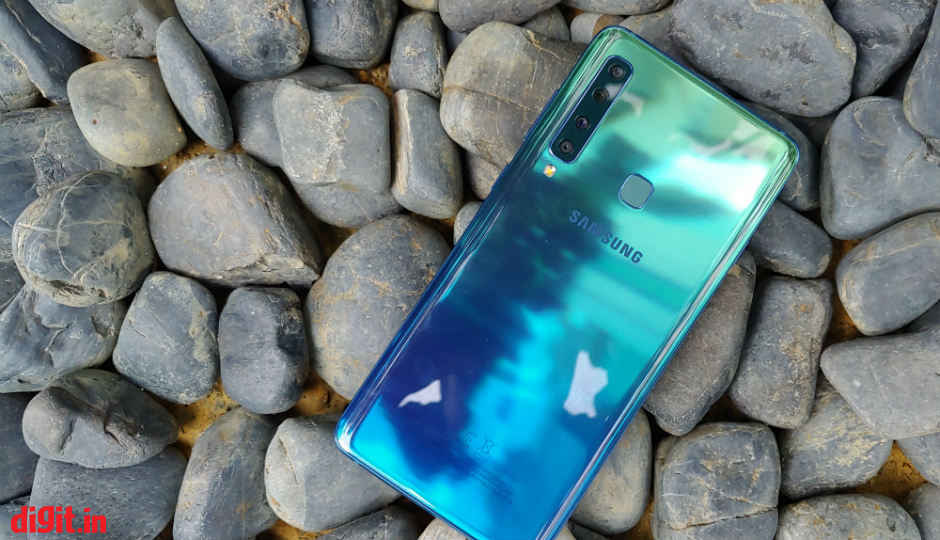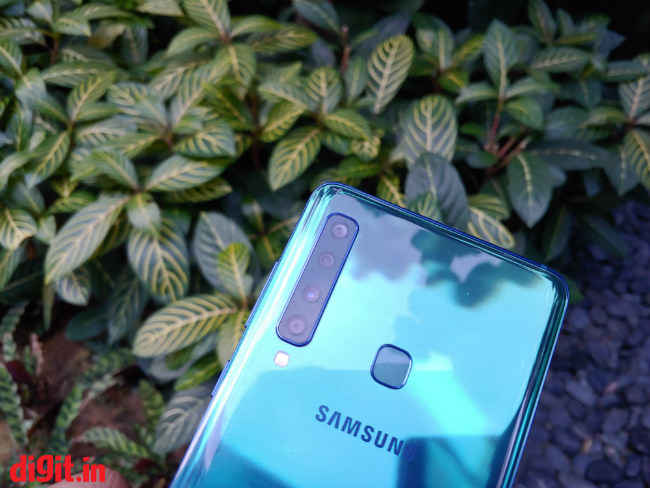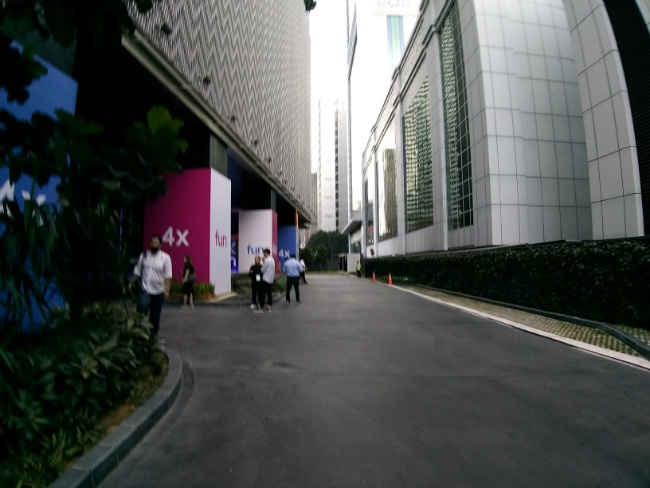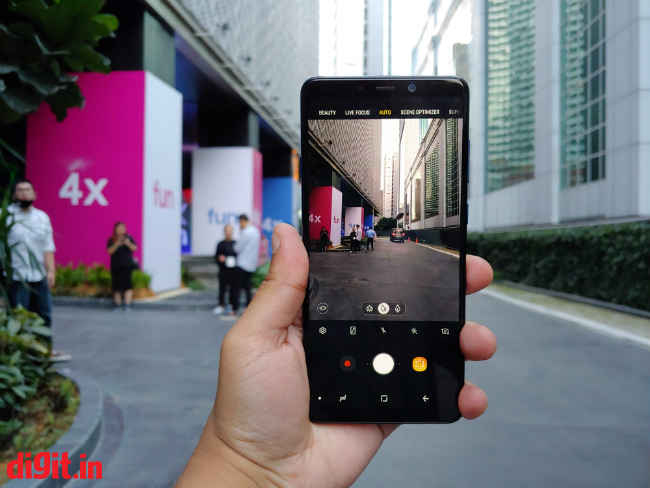Samsung Galaxy A9 first impressions: All possible permutations and combinations of the smartphone camera

It’s one thing to cram the phone with so many cameras, and another thing completely to make them work as advertised. Question is, are they any good?
Ever since Samsung Mobiles chief DJ Koh went on record to state the company’s mid-range phones will get new features never before seen in any Galaxy device, let alone the flagships, Samsung’s mid-range segment has not looked back. Starting from Infinity Displays to fingerprint sensors embedded on the power button, to having three and now four cameras on the back of the phone, Samsung’s mid-range phones are now leading the way in terms of innovation. That was hardly the case even a year back. The Samsung Galaxy A series would be lucky to have a few features borrowed from the flagships. Trickle-down is how you would describe the features on the mid-range Samsung phones. But not this time though. The Galaxy A series is now leading the charge and the Samsung Galaxy A9 that launched on Thursday in Malaysia touting a quad rear camera setup is a stark indicator of changing times for Samsung.
The year 2018 has seen some interesting developments in the smartphone industry. Notable among them is the fact that so-called wannabe flagships outsold the premium flagships, at least in India. OnePlus is now the reigning champion of the premium segment and the company offers a flagship for as low as Rs 35,000. Seeing how the crown of being the number 1 was passed over to Xiaomi, Samsung has been doing everything it can to strengthen it’s lineup of its upper mid-range phones to turn them into viable competitors to the likes of these relatively new high-end entrants. The resulting flux has given birth to the Samsung Galaxy A7 (2018) that became the first Galaxy phone to tout three cameras at the back and now, the Samsung Galaxy A9 (2018) is here to take things up a notch.
Thankfully, there is no notch on the phone. What’s there though is an overwhelming number of cameras at the back. Four in total. One 8MP (f/2.4) sensor for ultra-wide 120-degree photos, another 10MP (f/2.4) telephoto sensor to leverage 2X optical zoom, a primary 24MP (f/1.7) sensor that’s capable of binning four pixels into one for sharper low light photos and finally, a 5MP (f/2.2) depth sensor to offer portrait mode. That certainly completes all the possible permutations and combinations of camera features offered in smartphones these days. The question is, are they any good?
Hands-on with the three camera modes
Ultra-wide
Primary lens
Telephoto lens with 2X optical zoom
It’s one thing to cram the phone with so many cameras, and another thing completely to make them work as advertised. Based on the few minutes I had the phone with me, and the live camera samples Samsung exhibited at the launch, I wasn’t really convinced. It’s difficult to switch between the modes in the camera UI, for one. Samsung also didn’t disclose more granular details about the cameras like the sensors they used and the size of the pixels. We can only give you a definitive verdict once the phone lands up in our test labs for a detailed review.
Apart from the overkill of cameras, browsing the camera UI showed there’s Super Slo-mo as well, something that was so far reserved for the flagships only. The Galaxy A9 as a result can record slo-mo videos in 960fps, but similar to what we saw in the Samsung Galaxy Note 9, it requires perfect lighting. Further, there’s screen optimisation that uses machine learning to adjust the camera settings based on what you’re shooting.
While the cameras are the first things you’re going to notice about the smartphone, the design too is eye-catching. The Galaxy A9 is offered in Caviar Black, Lemonade Blue and Bubblegum pink. I particularly liked the latter two. These are colours Huawei likes to experiment with and it seems Samsung is more than happy to borrow from its influential neighbour. Furthermore, the phone is housed in a glass-sandwich design with 3D curved glasss on the back and a 6.3-inch Super AMOLED panel up front. Unlike the Samsung Galaxy A7 (2018) though, the fingerprint sensor is rear-mounted.
Under the hood is a Snapdragon 660 in charge of powering the phone. It’s paired with either 6GB or 8GB of RAM and sports 128GB of on-board storage which is expandable up to 512GB. It runs on Android Oreo-based Samsung Experience UI and is powered by a 3,800mAh battery with support for fast charging via a USB-Type C port. Despite the larger battery though, the phone doesn’t feel all that heavy.
Overall, I’m mighty impressed with what Samsung has done with this mid-range smartphone. It certainly marks a brave, new world of Galaxy phones where Samsung isn’t shying away from innovating in the affordable segment. If these innovations find their way into the company’s upcoming flagships, we’re surely looking at a new era where lower-end smartphones set the tone for the expensive flagships. Oh, how the tables have turned.









